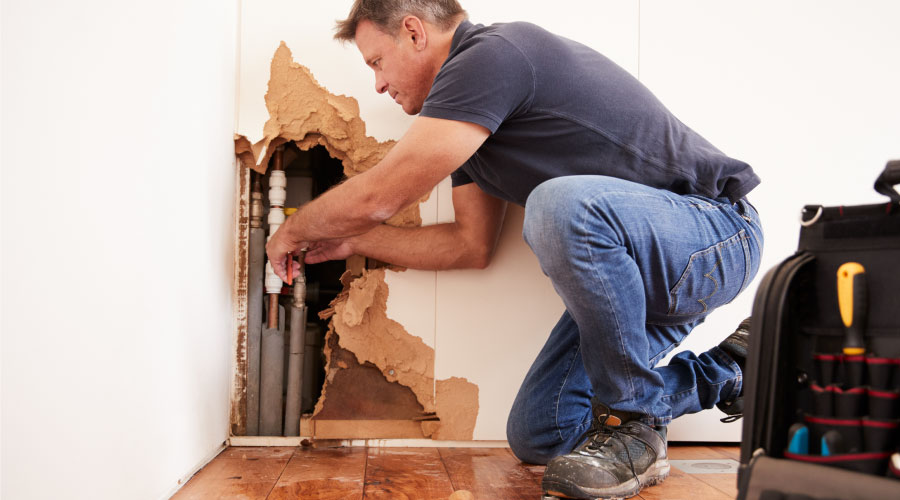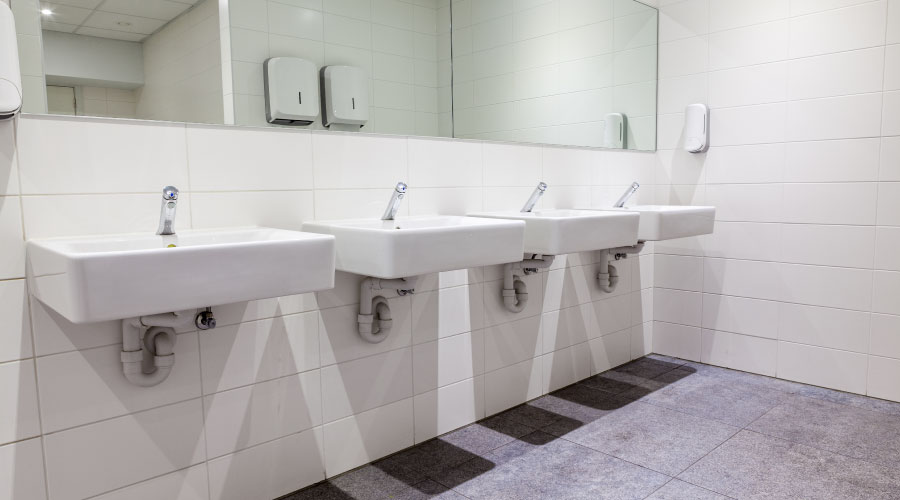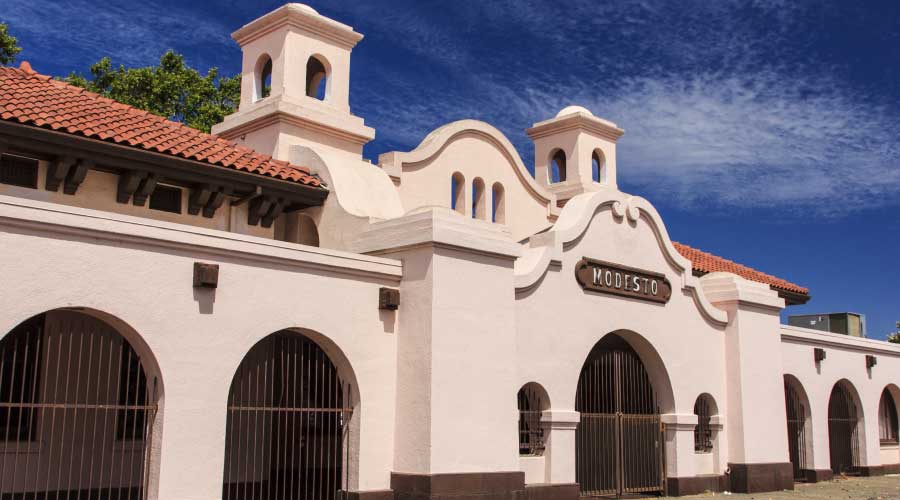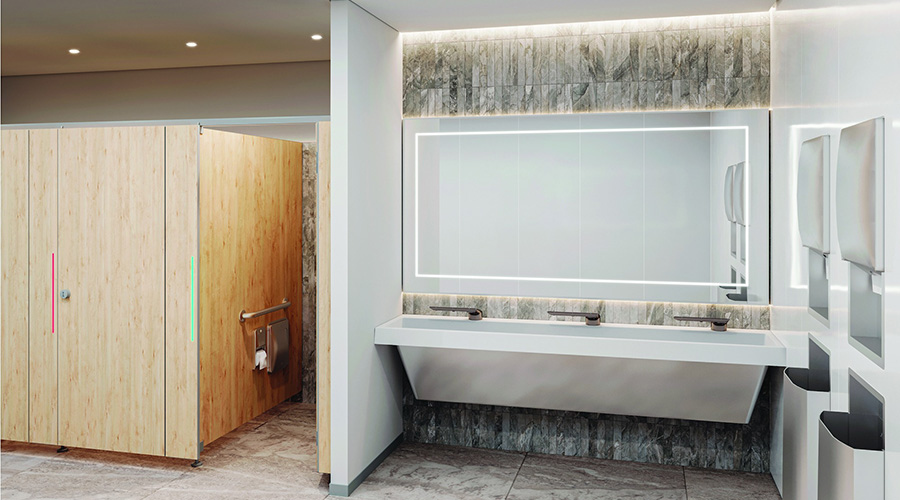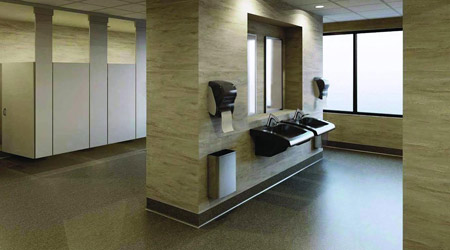 Bradley Corp.
Bradley Corp.Upgrading Plumbing Systems to Improve Efficiency
By effectively diagnosing plumbing problems and performing successful upgrades, managers can help minimize utility costs
As concerns about rising water utility costs continue to grow nationwide, institutional and commercial facilities are taking a closer look at the efficiency of plumbing systems. Upgrades of inefficient or failing systems can help organizations address these challenges and operate more sustainably. The challenge for maintenance and engineering managers then becomes finding the water-wasting components and planning upgrades to address the problems.
Finding trouble There is no end to the common problems with plumbing systems and fixtures — noisy pipes, sticking valves, dripping fixtures that will not close all the way, excessive water use, water hammer, continuous water flow in piping after shut-off, and leaks in pipe walls, valve packing, and fixture seals. Among the restroom-related plumbing problems are odors that indicate potential hygiene issues, pump and ejector failures, clogs, backups, overflows, and invasions by tree roots.
For managers and front-line technicians, the news is good: Considering the number of times plumbing fixtures cycle on and off, they are robust and last a long time with proper and timely inspection, care, and maintenance. Unfortunately, when departments ignore aging systems, failing fixtures can cause costly problems. With a little attention, technicians can solve these problems, adding considerably to system reliability and efficiency, as well as savings.
In a facility with hundreds of plumbing fixtures, hunting for a mysterious whistle can go on for months before a technician can identify the culprit — maybe a worn toilet tank water valve seat pouring hundreds of gallons per hour directly into the sewer.
With all those fixtures to inspect, how can technicians shorten the time to do the detective work? This is where preventive maintenance (PM) and predictive maintenance (PdM) pay off. Inspecting fixtures regularly — as well as repairing, replacing, or upgrading fixtures when needed — not only solves the immediate problem. It also provides six additional benefits. It reveals other hidden issues, curtails water waste, eliminates a nuisance noise that probably causes complaints and unneeded stress, improves system reliability, improves hygiene, and establishes a useful history for future repair-or-upgrade decisions.
Common problems
As maintenance and water costs rise, managers are increasingly installing pressure gages and flow meters at strategic locations in their buildings’ plumbing systems to monitor the flow of water. Once managers are certain all of these readings are at normal levels, the next step is to look at individual fixtures and assess their condition.
In the case of manual toilet flush valves, for example, technicians can solve some problems quickly by disassembling and cleaning the flush handle. Other solutions might involve using repair kits to replace the control portion of the valve or replacing O rings that have hardened and no longer provide a good seal.
Chattering noises could indicate wear or abuse or a diaphragm in the wrong position. The low flow of water could result from a low-flow urinal kit installed in a higher-flow toilet valve.
Technicians installing repair kits must match the kit with the valve to ensure proper operation. The manufacturer’s part list shows the correct part numbers managers need to specify when ordering repair parts.
Typical designs for manual urinal flush valves are similar to those of toilet flush valves, with about the same number of parts, functionality, and maintenance requirements. The difference is in the lower flow rate. Since urinals flush only liquids, they need less water.
Related Topics:











